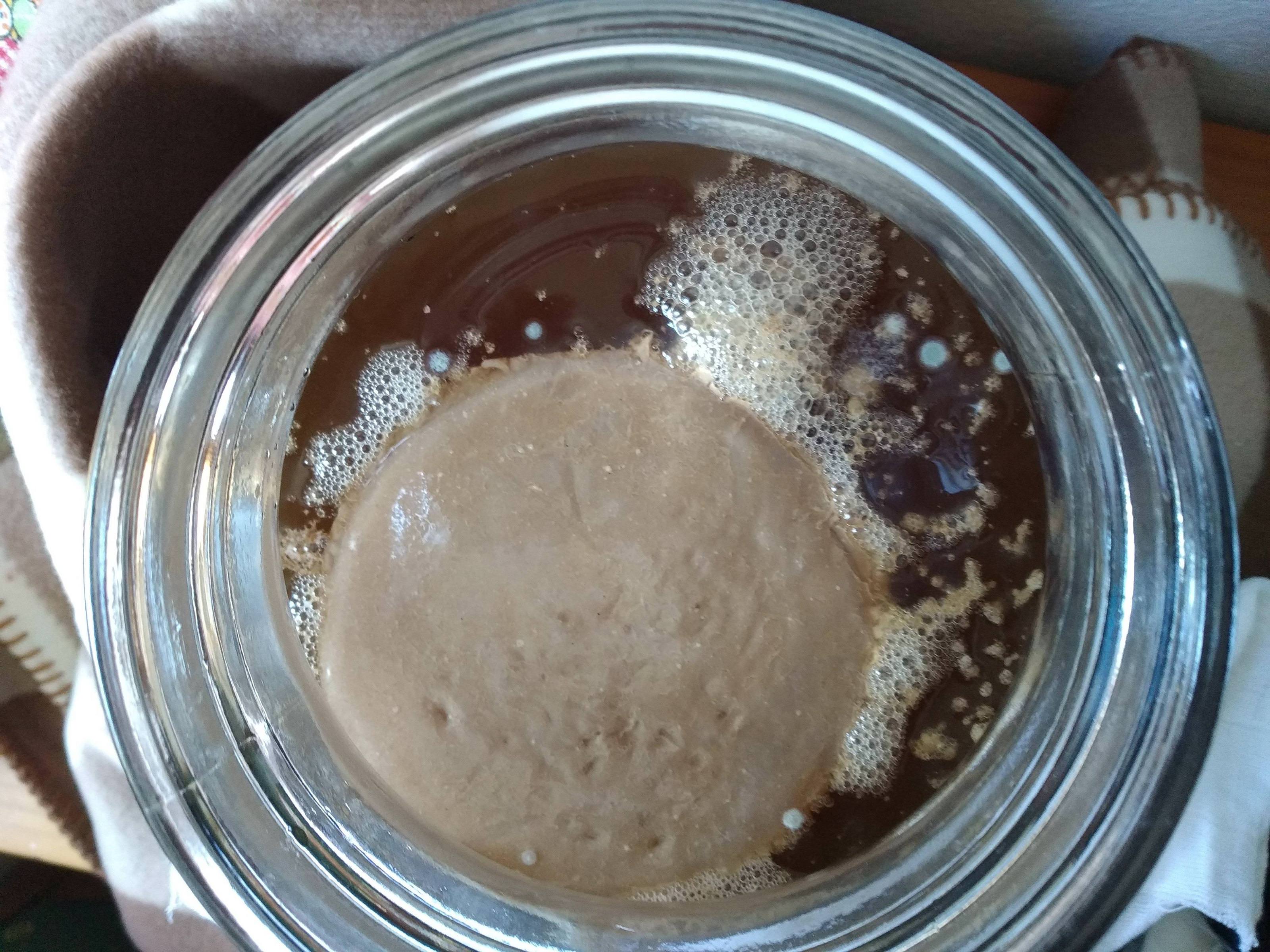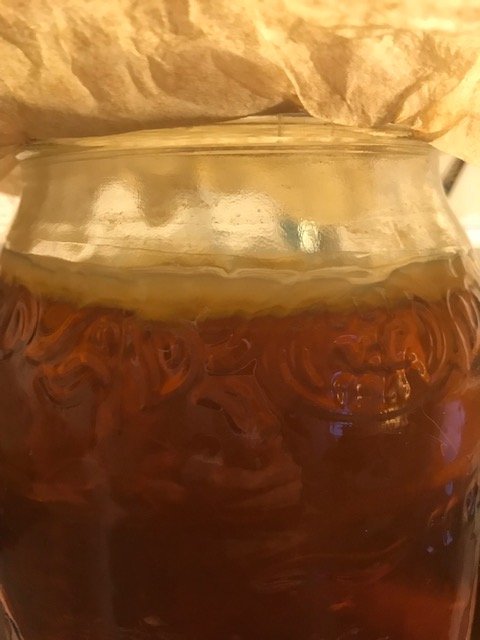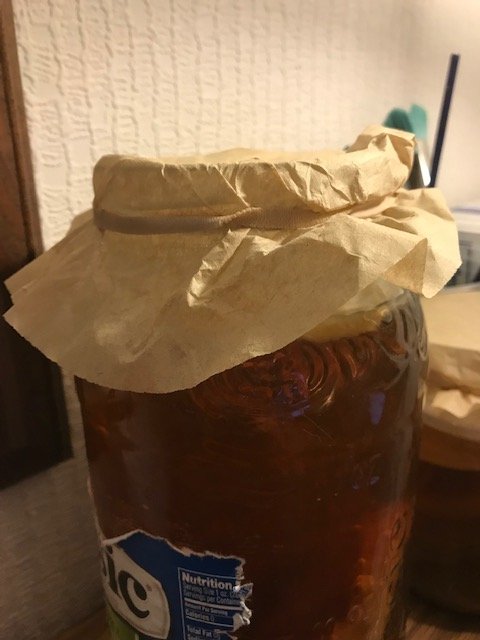I'm new to brewing kombucha. On day 8 of fermenting my first batch ever i saw green/blue circles and just a little bit of white fuzzy thing. It looked like mold but because i wasn't sure, i just removed it from the jar and tought that if it was mold, it would apper again. Since then scoby looks healty (i think?).
That is my scoby on day 8 of first batch:

Scoby is now not fuzzy at all and first batch tasted ok (again, it's hard to tell, because i'm new with all this, but i liked it), so yesterday, on day 12, i started with second fermentation of that batch and with first fermentation of a new one.
This is how it looks like today, on 1st day of second batch:

Is it possible that scoby is "secretly" contaminated with mold? Is it safe to use?
That is my scoby on day 8 of first batch:

Scoby is now not fuzzy at all and first batch tasted ok (again, it's hard to tell, because i'm new with all this, but i liked it), so yesterday, on day 12, i started with second fermentation of that batch and with first fermentation of a new one.
This is how it looks like today, on 1st day of second batch:

Is it possible that scoby is "secretly" contaminated with mold? Is it safe to use?
















































![Craft A Brew - Safale S-04 Dry Yeast - Fermentis - English Ale Dry Yeast - For English and American Ales and Hard Apple Ciders - Ingredients for Home Brewing - Beer Making Supplies - [1 Pack]](https://m.media-amazon.com/images/I/41fVGNh6JfL._SL500_.jpg)











